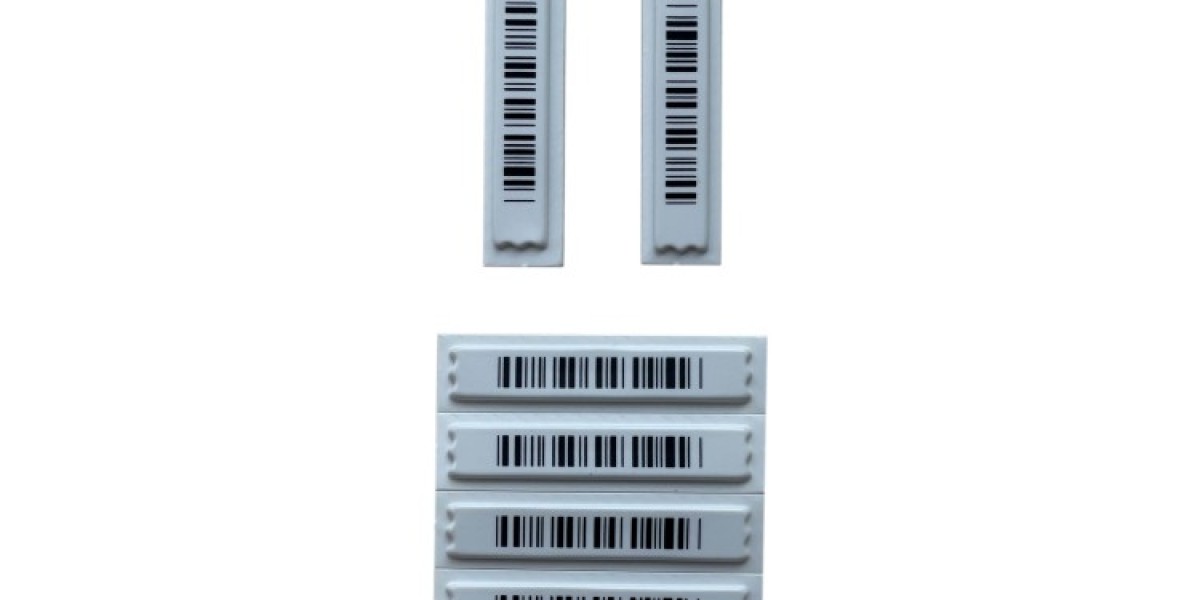Embroidery puckering can be a frustrating issue for both beginners and experienced embroiderers. It can ruin the appearance of a design and waste time and materials. However, with the right techniques and understanding of machine embroidery digitizing and digitizing embroidery designs, you can significantly reduce the occurrence of puckering. This article will provide comprehensive tips to help you achieve smooth, professional-looking embroidery every time.
Understanding Embroidery Puckering
What is Puckering?
Puckering is the wrinkling or gathering of fabric around the embroidered area. It occurs when the fabric is distorted due to the tension of the stitches, resulting in an uneven and unattractive finish.
Causes of Puckering
Several factors can contribute to embroidery puckering, including:
- Improper Hooping: Incorrect hooping can cause fabric to shift during embroidery, leading to puckering.
- Fabric Choice: Some fabrics are more prone to puckering, especially lightweight or stretchy materials.
- Tension Issues: Incorrect tension settings on the embroidery machine can cause stitches to pull too tightly.
- Stabilizer Problems: Using the wrong type or insufficient amount of stabilizer can result in inadequate support for the fabric.
- Design Density: Overly dense designs can cause excessive stress on the fabric, leading to puckering.
Tips to Prevent Embroidery Puckering
1. Choose the Right Fabric
Selecting the appropriate fabric for your embroidery project is crucial. Different fabrics have varying levels of stability and response to stitching.
- Stable Fabrics: Woven fabrics like cotton and linen are less likely to pucker compared to stretchy fabrics like knits.
- Pre-Washing: Pre-wash your fabric to remove any sizing and to prevent shrinkage after embroidery.
2. Proper Hooping Technique
Hooping your fabric correctly ensures that it remains taut and stable during embroidery.
- Tight but Not Stretched: The fabric should be taut in the hoop but not stretched out of shape.
- Use Hooping Aids: Hooping aids like spray adhesives or clips can help secure the fabric and prevent shifting.
3. Use the Right Stabilizer
Stabilizers provide support to the fabric during embroidery, preventing distortion and puckering.
- Match Stabilizer to Fabric: Use a stabilizer suitable for your fabric type. For example, cut-away stabilizers are ideal for stretchy fabrics, while tear-away stabilizers work well with stable fabrics.
- Double Stabilizing: For extra support, consider using two layers of stabilizer, especially for dense designs or delicate fabrics.
4. Adjust Machine Tension
Machine tension plays a significant role in the quality of your stitches and the prevention of puckering.
- Balanced Tension: Ensure that the upper and lower thread tensions are balanced. Test your machine settings on a scrap piece of fabric before starting your project.
- Consult Manual: Refer to your machine's manual for recommended tension settings for different types of fabric and thread.
5. Optimize Design Density
The density of your design affects how much stress is placed on the fabric.
- Digitize Wisely: When digitizing embroidery designs, ensure that the stitch density is appropriate for the fabric. Too many stitches in a small area can cause puckering.
- Spacing: Space out stitches to distribute the tension evenly across the fabric.
6. Use Underlay Stitches
Underlay stitches provide a foundation for your embroidery, reducing the pull on the fabric.
- Types of Underlay: Use different types of underlay stitches, such as edge run and zigzag, to stabilize the fabric.
- Digitizing Underlay: When digitizing embroidery designs, include underlay stitches to improve stability and prevent puckering.
7. Monitor Embroidery Speed
Embroidery speed can impact the quality of your stitches and the occurrence of puckering.
- Slow Down: Reducing the embroidery speed allows for more precise stitching and reduces the likelihood of puckering.
- Consistent Speed: Maintain a consistent speed throughout the embroidery process to avoid sudden tension changes.
8. Proper Thread Selection
Choosing the right thread for your project can also help prevent puckering.
- Quality Thread: Use high-quality embroidery thread to ensure smooth stitching and minimize thread breaks.
- Thread Weight: Match the thread weight to your fabric and design. Lighter fabrics may require finer threads to prevent puckering.
9. Regular Machine Maintenance
Keeping your embroidery machine in good condition is essential for achieving high-quality results.
- Clean and Oil: Regularly clean and oil your machine to prevent buildup of lint and dust, which can affect tension and stitching quality.
- Needle Replacement: Replace needles frequently to ensure sharp, precise stitching and reduce the risk of puckering.
FAQs
What is the best fabric for embroidery to prevent puckering?
Woven fabrics like cotton and linen are generally the best choices for embroidery as they provide a stable base and are less likely to pucker compared to stretchy fabrics like knits.
How can I improve my hooping technique?
Ensure the fabric is taut but not stretched in the hoop. Use hooping aids like spray adhesives or clips to secure the fabric and prevent shifting during embroidery.
What type of stabilizer should I use for stretchy fabrics?
Cut-away stabilizers are ideal for stretchy fabrics as they provide strong support and prevent distortion during and after embroidery.
How do I balance the tension on my embroidery machine?
Test the machine settings on a scrap piece of fabric before starting your project. Adjust the upper and lower thread tensions until they are balanced and produce smooth, even stitches.
Can design density affect embroidery puckering?
Yes, overly dense designs can cause excessive stress on the fabric, leading to puckering. Ensure that the stitch density is appropriate for the fabric and space out stitches to distribute tension evenly.
What are underlay stitches and how do they help?
Underlay stitches are foundation stitches placed before the main embroidery stitches. They stabilize the fabric, reducing the pull on the fabric and preventing puckering.
Why should I slow down the embroidery speed?
Reducing the embroidery speed allows for more precise stitching and reduces the likelihood of puckering. Maintaining a consistent speed throughout the process also helps avoid sudden tension changes.
What type of thread is best for preventing puckering?
High-quality embroidery thread is essential for smooth stitching and minimizing thread breaks. Match the thread weight to your fabric and design for the best results.
How often should I maintain my embroidery machine?
Regularly clean and oil your machine to prevent buildup of lint and dust. Replace needles frequently to ensure sharp, precise stitching and reduce the risk of puckering.







